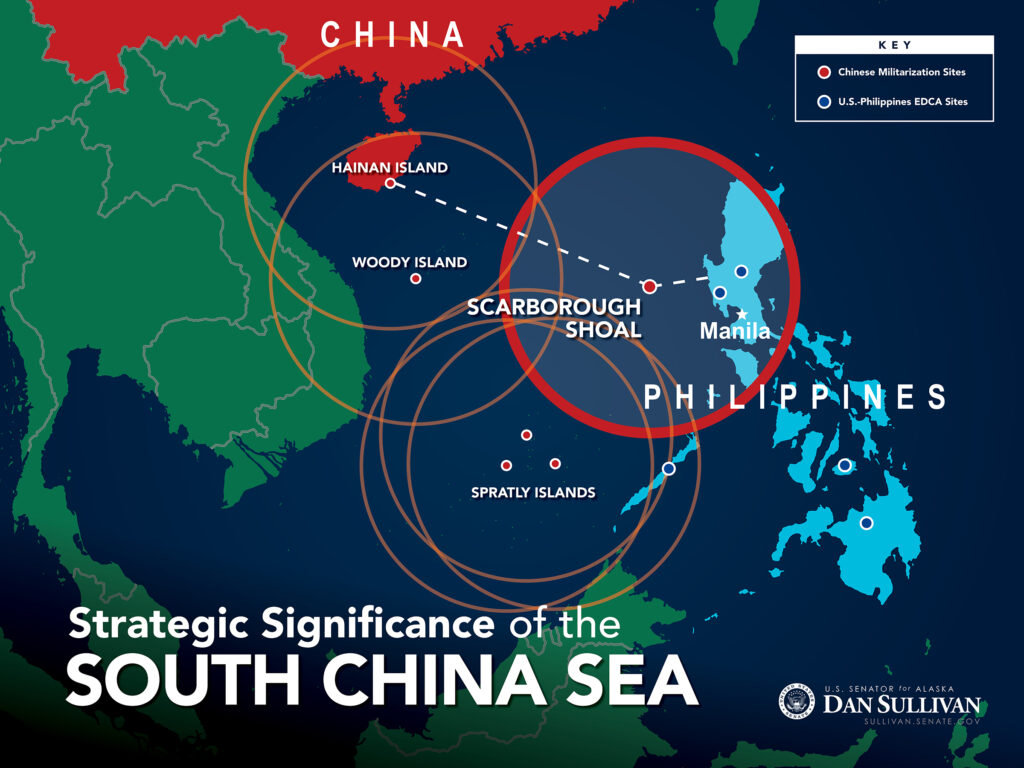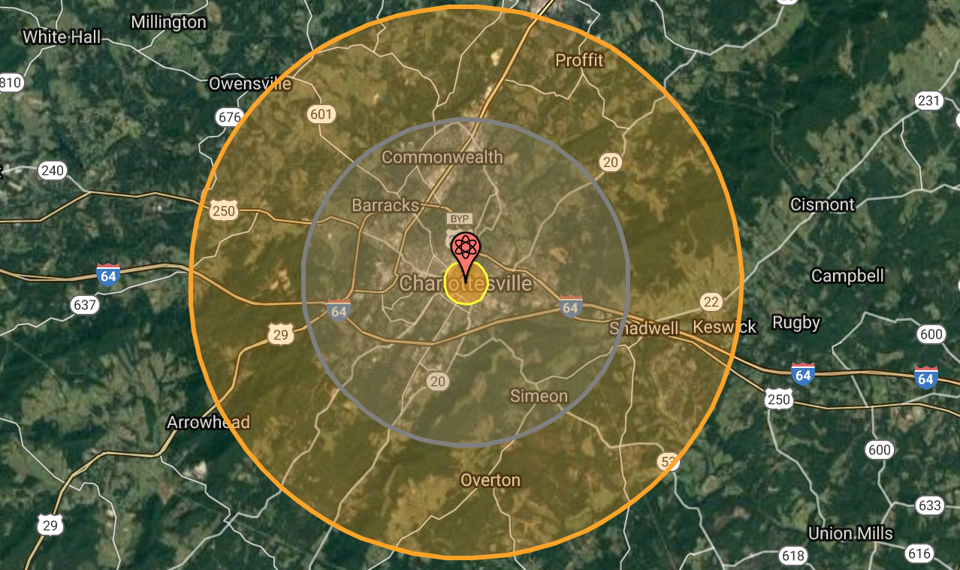By Michael Krepon
 Crises on the subcontinent are man-made and not accidental. The instigators have grievances and want to change the status quo. Crisis-triggering events usually do not come as a bolt out of the blue. Instead they are preceded by a series of events leading up to a big explosion. When a crisis comes as a surprise, someone important has been asleep at the switch.
Crises on the subcontinent are man-made and not accidental. The instigators have grievances and want to change the status quo. Crisis-triggering events usually do not come as a bolt out of the blue. Instead they are preceded by a series of events leading up to a big explosion. When a crisis comes as a surprise, someone important has been asleep at the switch.
There are indicators to the run-up of a crisis. Some are now very much evident. Firing along the Line of Control (LoC) dividing Kashmir is the highest in seven years, according to Indian accounts. Pakistan has accused India of over 1,300 cease-fire violations in 2017. Crossings by militant cadres into Kashmir are up. Public disaffection among Kashmiri Muslims under Indian governance is very high and combustible. Military posts along the LoC are being overrun.









/arc-anglerfish-arc2-prod-mco.s3.amazonaws.com/public/ALLXTCDL5NCDDH4GI7ZZTBO4S4.jpg)





/arc-anglerfish-arc2-prod-mco.s3.amazonaws.com/public/6EIOIIIE25GNLNF3C7BUHVW25A.jpg)
